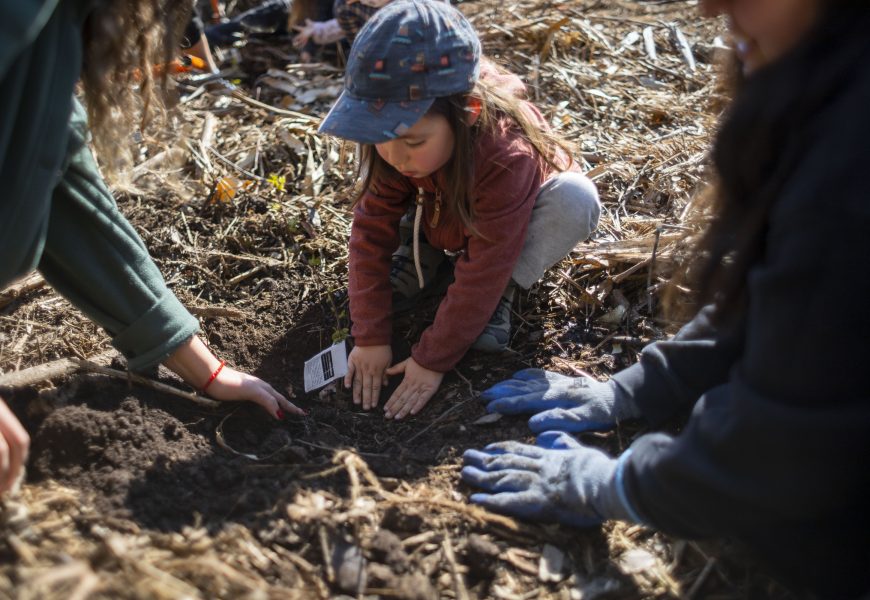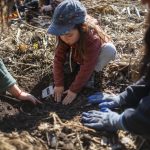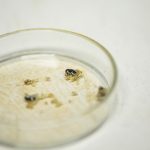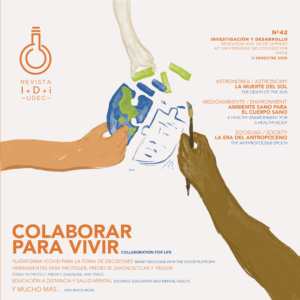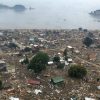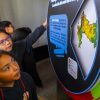By: Cecilia Saavedra Ordenos, Journalist – Campus Naturaleza UdeC / alsaavedra@udec.cl
Images: Credits to Alejandro Zoñez
Leer en español
In August 2024, the institutional project Campus Naturaleza Universidad de Concepción (UdeC Nature Campus) realized a relevant milestone in its ex-situ conservation line: the first plantations of the future UdeC Botanical Garden, where different community representatives participated. This action began a living collection of threatened native flora, supported by scientific criteria, traceability, and genetic protection.
The first planted species are three representatives of the genus Nothofagus: ruil (Nothofagus alessandrii), hualo (Nothofagus glauca), and Santiago’s Oak (Nothofagus macrocarpa), all endemic to Chile and classified in threatened categories. What distinguishes this plantation is not only its symbolic character but also the technical rigor of the process: each specimen was registered with an access code, georeferenced, and linked to its genetic origin, ensuring the monitoring of its development over time.
A concrete response to the loss of biodiversity
“There is a growing concern about biodiversity loss and the effects of climate change on our planet’s ecosystems. The Chilean context presents a critical scenario for the conservation of biodiversity. Urban pressure, deforestation, and climate change have seriously affected our ecosystems, especially the deciduous forests of south-central Chile,” said Dr. Cristian Echeverría Leal, Director of Campus Naturaleza UdeC.
Ex-situ conservation, namely conservation outside a species’ natural distribution, becomes a strategic tool to protect genetic viability when the species’ original environment is degraded or fragmented. In this case, the focus is on tree species whose natural distribution is limited to the regions of Valparaíso to Biobío, which have been dramatically reduced today.
“The first ex-situ collection represents a significant act towards the implementation of the future UdeC botanical garden; with this, the University takes a step forward in the protection of these emblematic species,” added the academic, explaining, in addition, that of the 10 species of Nothofagus that exist in South America, three are threatened and are only found in Chile.
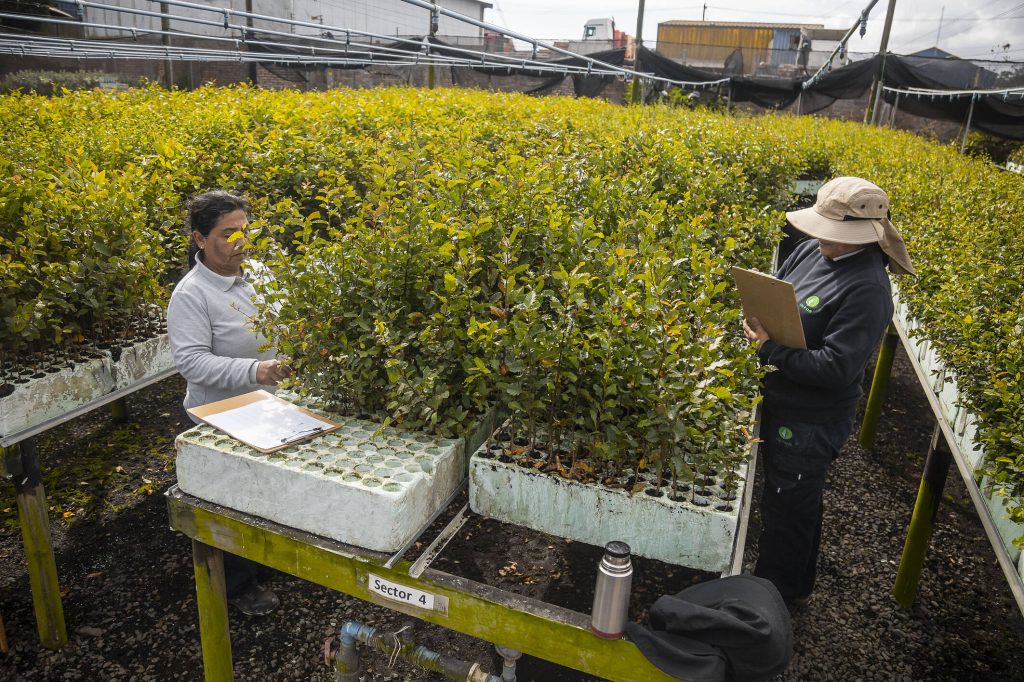
Genetic diversity and design
Before planting, careful seed collection was carried out in different natural populations to capture the greatest possible genetic diversity. This stage was developed within the “Conservation and Restoration of Endangered Species of Nothofagus in South America” project led by the University of Concepción through the Landscape Ecology Laboratory and funded by the Franklinia Foundation (Switzerland).
One of the key aspects was to avoid inbreeding, that is, the crossing between genetically related individuals. Manuel Acevedo Tapia, a researcher at the Forestry Institute (INFOR), the entity that collaborated on this initiative, explained this: “The production of plants was carried out taking into consideration the location of the places where the seeds are collected. The idea was that the mother plants of the seedbed from which they come would be considered to avoid the inbreeding processes that occur when establishing individuals of the same mother in a common site. So, the objective was to generate plants by keeping a record and then take them to Campus Naturaleza, based on a follow-up of seedlings and places of origin.”
The planting place was also carefully designed. The architect and Deputy Director of Campus Naturaleza UdeC, Dr. Andrea Fernández Covarrubias, explained: “The hillside was prioritized as a design strategy. We located the three species following the elevation line, to distribute them according to their natural gradient and to better size them as they go up.”
With this action, the UdeC Nature Campus project advances in creating a unique scientific and educational space that complements its other lines of action. The future Botanical Garden will be a shelter site and a living laboratory that will monitor threatened species’ adaptation, growth, and reproduction.
Last modified: 3 de septiembre de 2025
